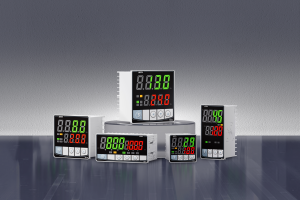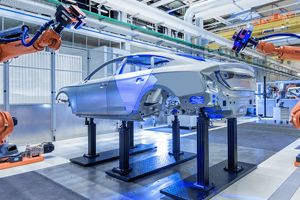A Comprehensive Guide to Medical Technology for Temperature Controllers
1.The Role of temperature control in medical treatment
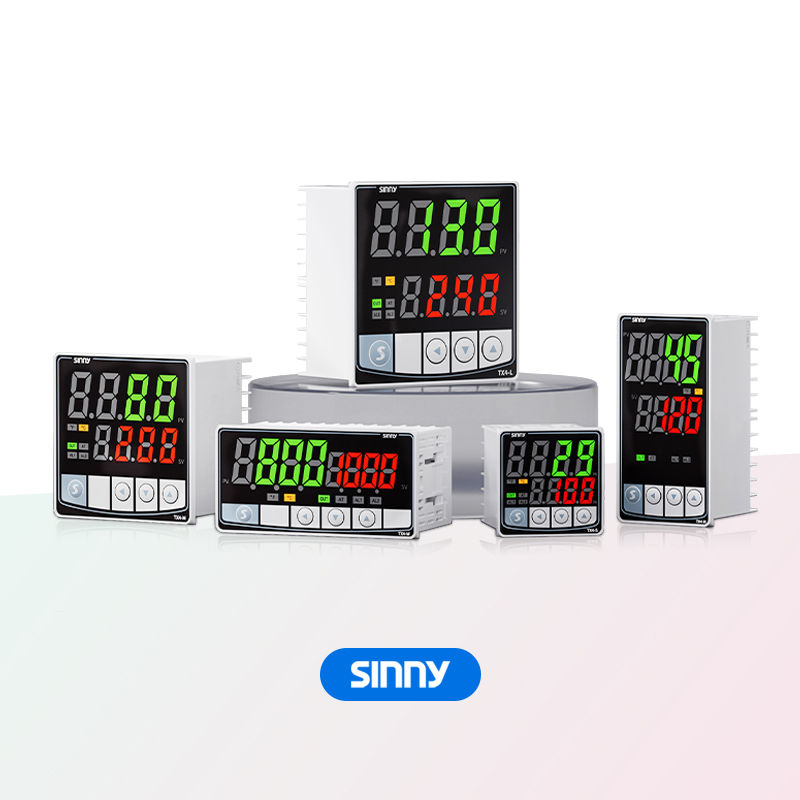
The human body temperature is generally between 36 and 37.2 degrees Celsius. This is the temperature maintained by all parts of the body, which enables the body to function steadily. When a patient is undergoing surgery, issues such as anesthesia, prolonged exposure of the surgical incision on the surface, and heat dissipation of the surgical wound can easily cause a sudden drop in the patient's body temperature. A very low body temperature can cause certain troubles for the patient and also pose significant risks to the surgery. For instance, metabolism, prolonged anesthetic duration, causing patients to wake up later, low temperature may lead to certain surgical infections, blood vessels will also constrict due to low temperature, which will increase the pressure on the heart, raise blood pressure, slow down the blood coagulation process, increase the amount of bleeding during surgery, and also cause certain damage to the nervous system. Therefore, during the surgical process, it concerns the patient's safety and the therapeutic effect.
2. Temperature control in different scenarios ---- medical
1. Medical equipment: Common medical equipment includes medical imaging devices such as CT, MRI, and DSA. These devices have a very high accuracy in temperature measurement; otherwise, the images will be distorted, seriously affecting doctors' judgment of patients' conditions and indirectly affecting the service life of the equipment.
2. Storage of medicines: Organs and cells can only be preserved at extremely low temperatures
3. Operating room: The temperature inside should generally be maintained at 19 to 26 degrees Celsius to prevent bacterial infection and growth. There must be no infection in the operating room
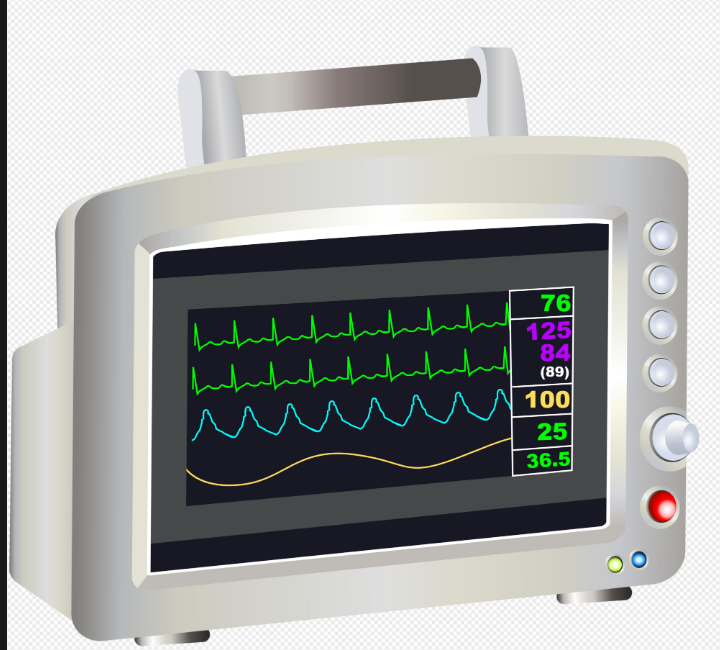
3. What technologies are used for medical temperature control
1.TEC: Commonly known as semiconductor temperature control, it is specifically designed for precise temperature control within a small range. It operates on the principle of cooling once and heating once. It is very compact and lightweight, with low power consumption, high safety, and strong durability. However, due to its small size, it is naturally unable to control temperature over a wide range
3. Compressor refrigeration: It uses environmentally friendly refrigerants for cooling, which can preserve cells, organs, etc. very well. "It has great power", a wide temperature control range, and can handle both low and high temperatures. Just like a freezer, it has an advantage that it can reach 2 to 8 degrees Celsius when plugged in, but it is very large in size.
4. Resistance heating and PID control: The thermocouple collects signals, the resistance wire is energized for heating, and then the PID precisely controls and adjusts to ensure that the temperature remains at the target value
5.PCM: Commonly known as vacuum insulation plus phase change material, there are two types: one is an isolation layer, and the other is heat-absorbing and heat-releasing. It has its own buffer and effectively controls the temperature. It can be used without being plugged in and is often used for transporting vaccines. It is a special small cold box for emergency blood in the wild. When you are out and about, you can rely on it
4. What will medical temperature control look like in the future
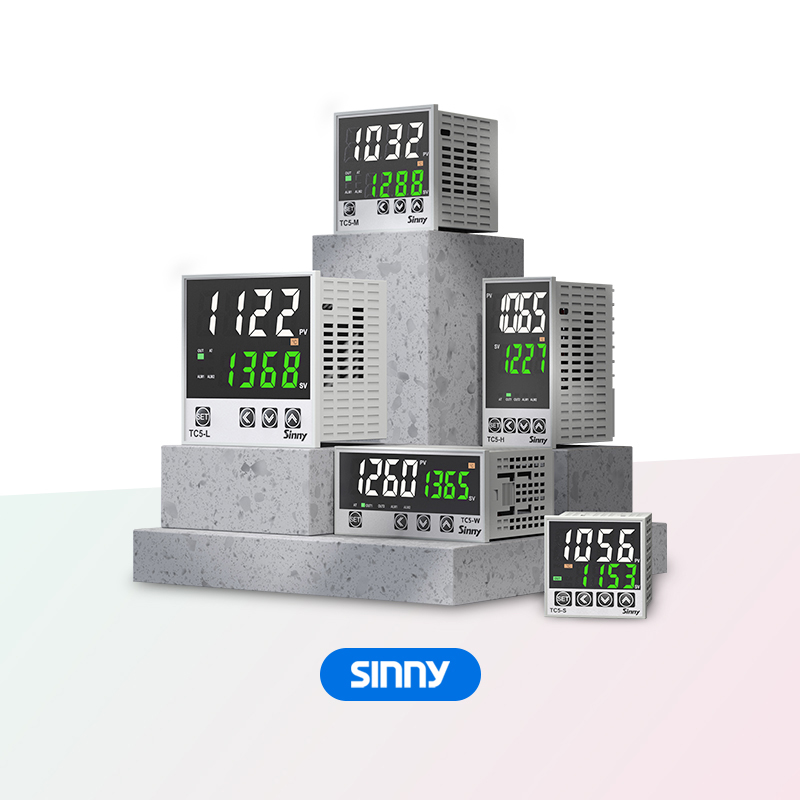
1. Intelligence: AI is a synonym for the current Internet era. In the future, medical equipment will definitely integrate AI technology, automatically adjusting temperature control parameters according to changes in the medical environment. Without manual operation, it can also automatically analyze data, automatically identify equipment faults, and implement self-adjustment. The equipment will continuously absorb knowledge and upgrade through the Internet
2. Miniaturization: With the development of minimally invasive surgery, mobile therapy and TCE, micro-machinery has become increasingly sophisticated, ensuring medical effectiveness while reducing medical pollution emissions
5. Precision: As medical technology becomes increasingly precise, temperature control devices are gradually evolving from single control to multi-faceted coordinated control.
A professional-level system that simultaneously controls temperature and humidity as well as multiple therapeutic devices
- purpose of PID Controller - A Comprehensive Guide
- What are the components of a temperature control system and what are their respective uses? A comprehensive Guide to


